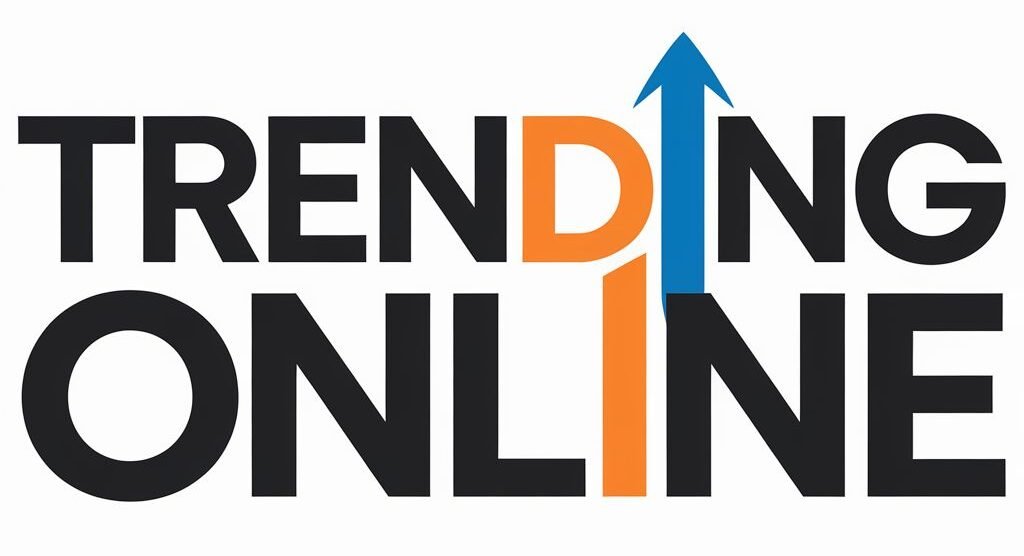BRICS+ Series: Ethiopia’s coffee exports surge amid market diversification and global demand
Ethiopia’s coffee exports saw a significant increase between July and September, with 113,542 tons shipped. This volume represents 75 percent of the target. However, according to Adugna Debela, Director General of the Ethiopian Coffee and Tea Authority, the country exceeded its earnings projections by 23 percent. Revenue for this period rose by 47 percent, an increase of $243.73 million compared to the previous year.
Ethiopia’s coffee exports have seen a significant increase, driven by both a rise in global demand and an improved export infrastructure. While European and Middle Eastern buyers continue to be the primary drivers of sales, emerging Asian markets are showing strong growth. Germany, Saudi Arabia, and Belgium remain the top importers, together accounting for nearly half of the total coffee volume. Germany imported 20,793 tonnes valued at $138.18 million, Saudi Arabia 16,088 tonnes worth $102.18 million, and Belgium 13,910 tonnes at $93.45 million, underscoring Ethiopia’s consistent reputation for high-quality beans and reliable supply.
The quality dividend and market strategy
Ethiopia’s coffee exports have seen a significant turnaround, with a substantial 52 percent increase in value compared to last year. This growth far outstrips the modest 3 percent rise in volume, indicating that improved delivery compliance and higher global prices are key drivers. This suggests that previous challenges such as inconsistent quality control and logistical inefficiencies are being effectively managed.
The surge in quality is a direct result of the Ethiopian Coffee and Tea Authority’s efforts to modernize its data and traceability systems. These advancements enable real-time monitoring and transparent certification, which are crucial for penetrating high-value European and Asian markets. Consumers in these regions are increasingly prioritizing and paying for coffee that is traceable and sustainably sourced.
The government’s recent initiatives to facilitate direct trade between producers and international buyers have been successful. By minimizing intermediaries and bureaucratic hurdles, these reforms enable cooperatives and local farmers to secure improved prices, thereby cultivating a more equitable and lucrative value chain within Ethiopia’s coffee industry.
Europe’s dominance and Asia’s ascent
While Europe continues to be Ethiopia’s main coffee market, global coffee consumption patterns are evolving. New and significant markets such as China, Japan, South Korea, and the United Arab Emirates are emerging. Despite their current modest share of total exports, the growth trend in these markets indicates considerable long-term potential.
China has emerged as an unexpectedly strategic partner, driven by the rise of specialty cafés, evolving urban consumer habits, and the symbolic value of Ethiopian coffee as authentic and rich in heritage. This growing interest and diversification beyond traditional markets could be vital for Ethiopia, providing a safeguard against price volatility and external shocks originating from Europe and the Middle East.
Ethiopia’s economic strategy emphasizes reducing reliance on a limited number of major buyers, aiming to expand its presence in valuable and distinct markets. The government’s commitment to market diversification and digitalisation not only seeks to optimize profits but also to redefine Ethiopian coffee’s standing within a dynamic global trade landscape.
Challenges beneath the surface
Despite its strong performance, Ethiopia continues to grapple with significant challenges. Infrastructure remains a major hurdle, with poor transport links, inadequate storage, and inefficient logistics driving up export costs. Furthermore, persistent threats to consistent production stem from political instability and climate-related risks, especially droughts in key coffee-growing regions such as Oromia and Sidama.
Despite strong global demand for coffee, Ethiopia faces growing competition from other coffee-producing nations like Vietnam, Brazil, and Colombia. Ethiopia’s unique bean varieties and organic cultivation methods give it a comparative advantage. However, maintaining this edge necessitates continuous investment in research, climate adaptation, and farmer capacity-building.
The road ahead: beyond export numbers
This quarter, Ethiopia’s coffee industry has demonstrated significant growth, exceeding its revenue target by almost 25% despite not meeting its volume goal. This success highlights a strategic shift towards prioritizing value over quantity, indicating a maturing industry adept at navigating global markets.
According to Adugna Debela, Ethiopia’s shifting export strategy has led to the tangible outcomes of modernizing data systems and opening new markets. If these initiatives continue, they could enhance Ethiopia’s ability to withstand market fluctuations, ensuring coffee remains fundamental to both its national identity and economic prosperity.
Coffee from Ethiopia is more than just a product; it’s a cultural ambassador, a tool for diplomacy, and an engine for development. The strong performance in the first quarter indicates that Ethiopia is not only maintaining its standing in the global coffee market but is also subtly redefining its role within it.
Written By:
*Dr Iqbal Survé
Past chairman of the BRICS Business Council and co-chairman of the BRICS Media Forum and the BRNN
*Sesona Mdlokovana
Associate at BRICS+ Consulting Group
African Specialist
** MORE ARTICLES ON OUR WEBSITE https://bricscg.com/
** Follow https://x.com/brics_daily on X/Twitter for daily BRICS+ updates

